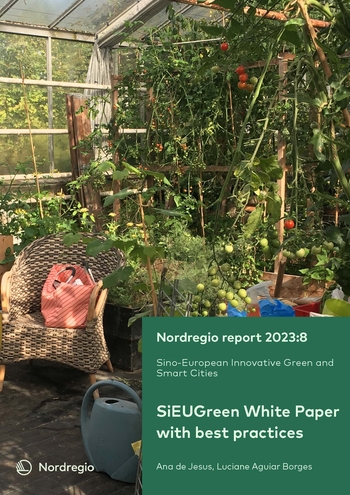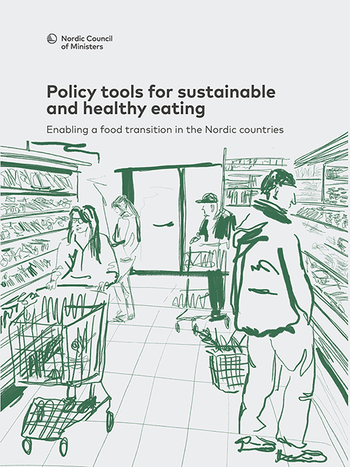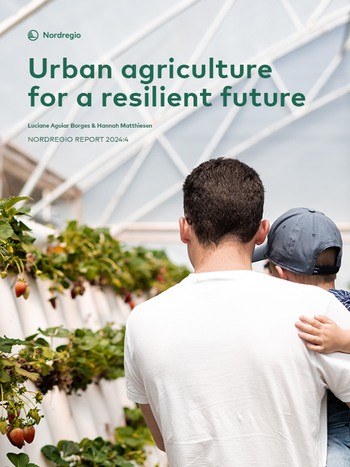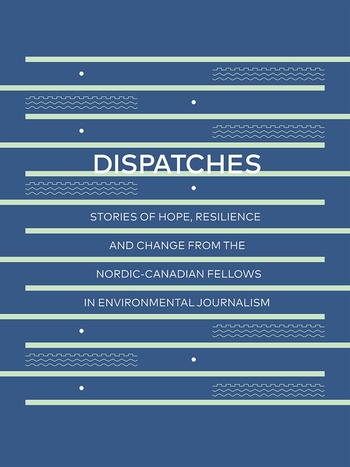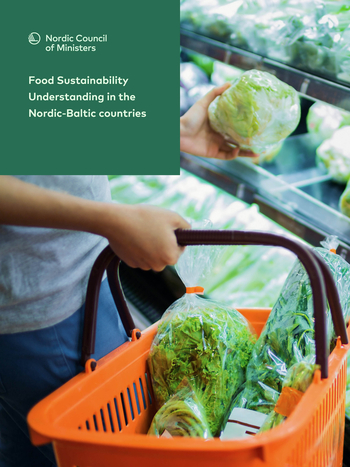Safe and Wholesome Food - Nordic Reflections
Conference Proceedings
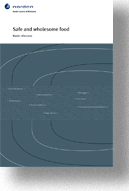
Information
Publish date
Abstract
Modern food production technology, marketing and transport systems, together with liberation of trade are creating a truly global marketplace for food, but at the same time put the issues of food safety and quality into a new perspective. It is acknowledged that even though food production systems normally perform well to deliver safe foods they can never make food completely free of risk. The current food safety strategy of many countries is to take into account the whole food chain from primary production to the consumer and to build the responsibility of each party into the regulatory structure. The conference on Safe and wholesome food (Reykjavik, Oct. 2004) gave an overview for food safety issues in the entire food chain. Experts from WHO, FAO, WTO and the US FDA focused on a variety of issues, ranging from animal health to functional foods, while a food technologist from a large manufacturer of fresh prepared foods discussed the complex task of satisfying the requirements of the law, the consumer and the customer. The consumer voice was also heard from a study of consumer trust in food in a number of European countries. The new and revised food and feed legislation of the European Union defines the responsibilities and requirementsthat business operators have to fulfill.Two presentations focused on different aspects and significance of this new legislation. Traceability of a product unit through all stages of production and distribution has become a management tool which may be utilized in the food chain for the purposes of safety and quality, marketing and cost savings, and as a tool to improve resource utilization. An expert from the OECD discussed these possibilities, while another expert from the Canadian Food Inspection Agency discussed the need for knowledge networks as a means of keeping abreast of emerging food safety and quality issues. In an open discussion forum the conference dealt with questions about openness of information on food safety issues, and more particularly how this information should be presented to consumers. It also discussed ways for the food industry and authorities to manage food safety issues in the media. Food labelling, especially as it relates to food intolerance and allergic reactions, was also debated and finally the conference discussed various aspects of ethical farming.
Publication number
2005:546
